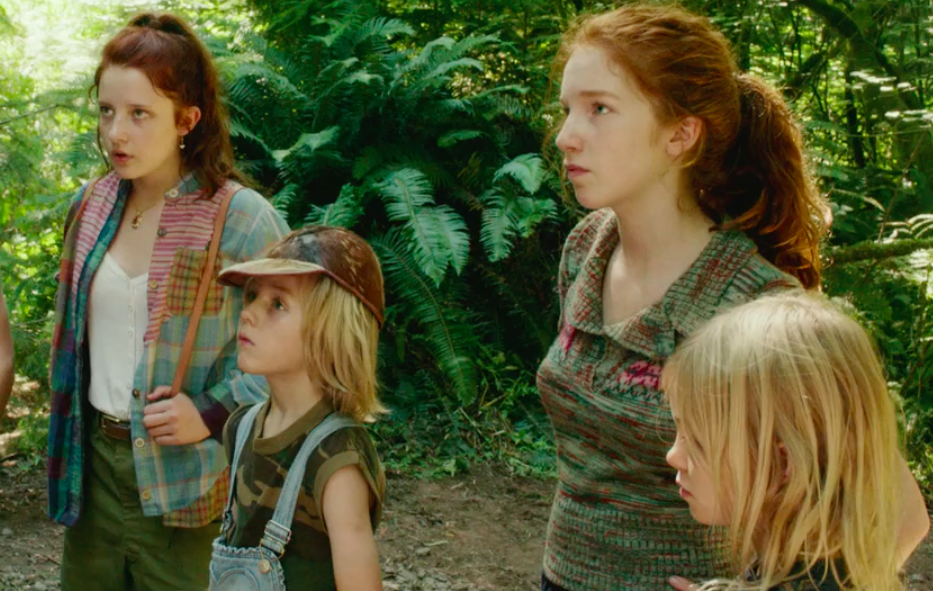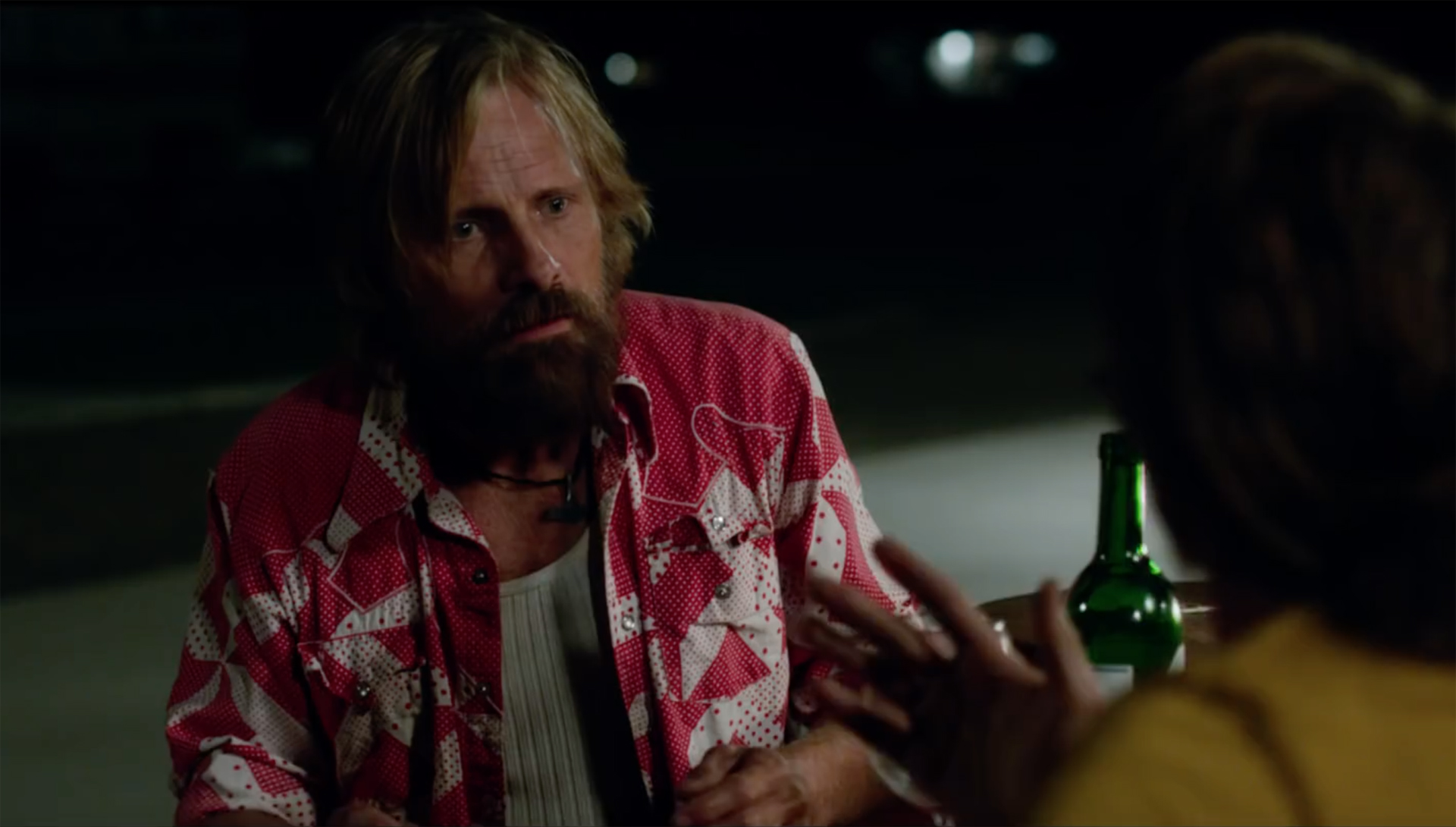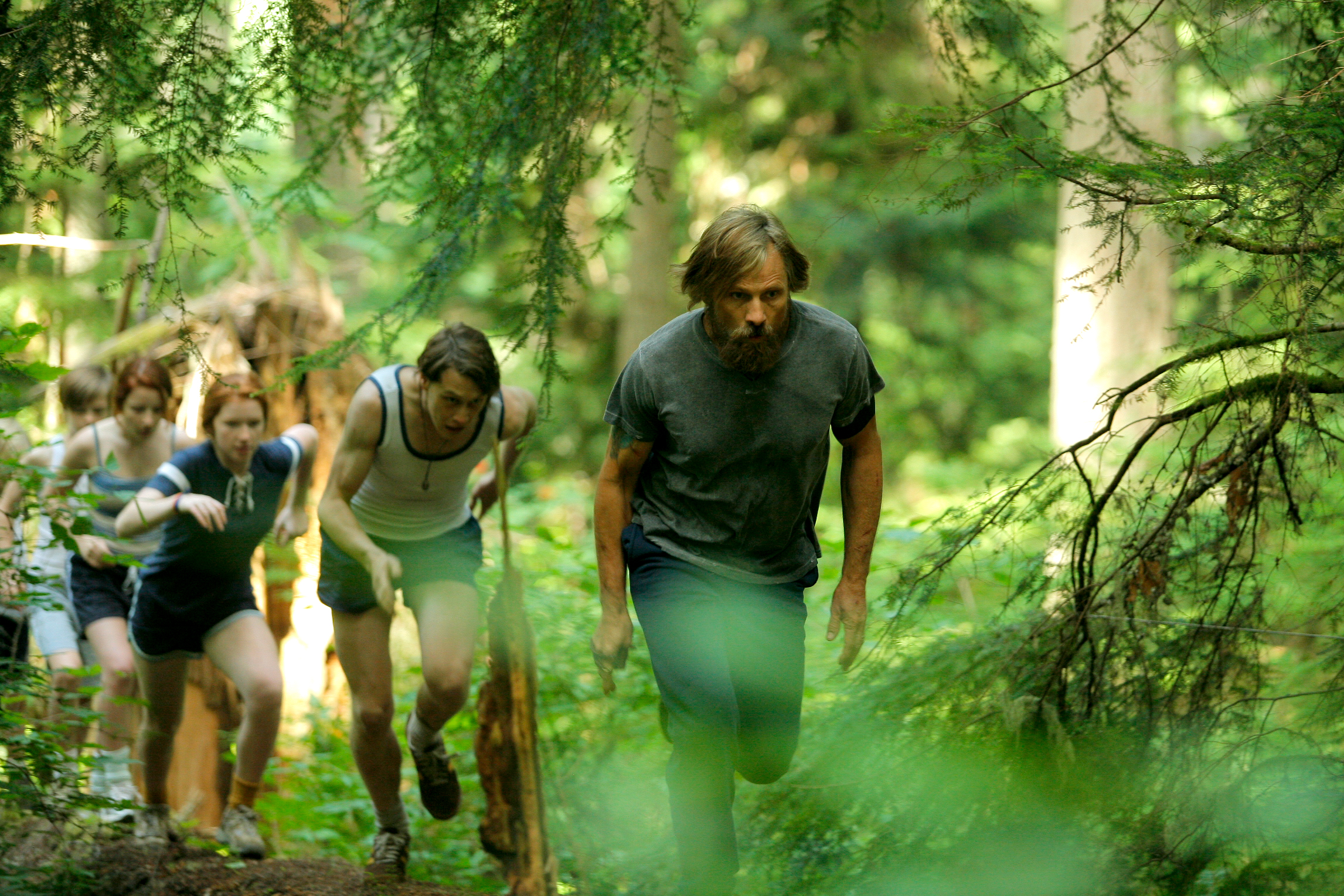How did the production team of “Captain Fantastic” create a realistic home in the wilderness?
Quick Answer: The production team of Captain Fantastic carefully built by hand the world that the characters of Ben and his children would inhabit. The attention to detail given to scenery, the props, and the actors’ training grounds the film in reality. This reality was captured faithfully by the cinematography, which could easily have gone for a more stylized look but instead highlighted the nuts and bolts - or rather, roots and shoots - of this family’s life.
Captain Fantastic (2016) is not a work of fantasy, but it sure is fantastical. The story follows patriarch Ben (Viggo Mortensen), who has raised his six children in the wilderness, entirely isolated from society.
A key step to making us this wilderness existence feel real was finding a believable cast. All of Ben’s kids are as physically fit as athletes and more well-read than most college graduates. In the film they are seen doing everything from rock climbing to playing instruments to speaking German. Casting director Jeanne McCarthy found a group of young actors who were willing and able to learn these skills – or at least, to learn them enough to act them convincingly – and then the actors were sent to wilderness camp to learn the tricks of the trade. According to the film’s production notes, writer-director Matt Ross made all the children sign contracts forbidding them from eating junk food or using their cellphones on set to make them really think about the way their characters would live.

Samantha Isler, Charlie Shotwell, Annalise Basso and Shree Crooks in Captain Fantastic (2016)
Casting Ben, the father of this talented brood, in turn influenced how the Fantastic world took shape. According to Ross, Mortensen became “intimately involved in the development of the film as soon as he signed on.” He asked questions about the script, the story, and even the minutiae of the family’s survival. Ross sent Mortensen a huge box of books that he felt the character Ben would be familiar with, such as the words of leading intellectual Noam Chomsky and naturalist Tom Brown – but it turned out that Mortensen had read them all already. Mortensen contributed his own things to the film including his books, canoe, bicycles and even the red patterned shirt that he wore to his first wedding; his character Ben wears the same shirt to his own wedding (as revealed in a photograph in the family’s home), and then to his wife’s funeral. Mortensen even lived in the compound for a while.

Viggo Mortensen in Captain Fantastic (2016)
Production Designer Russell Barnes strove to make the family’s home in the woods both interesting to look at and fully functional. Producer Jamie Patricof says in the production notes that “all the intricacies and detail [Barnes] put into it were made to show how Ben had created this utopia for his kids, with everything they could ever have wanted or needed.” Barnes thought through how the family would take care of all of their basic needs, including a source of electricity and water. The same attention to detail was given to Steve, the family’s bus, which included storage space, bunk beds and even a classroom. The compound itself is still standing in the woods and has become a bit of a local tourist attraction.
All of this detail was captured by cinematographer Stéphane Fontaine, who used a handheld camera, often running after the active kids in order to get the dynamic shots shown in the film. The indie, hand-hewn atmosphere of the story easily could have lent itself to a more stylized form of cinematography, à la Wes Anderson. But the extreme close-ups and the shaky cam used in Fantastic ground the story and all of the family’s cerebral ideals in their highly physical reality.

The actors racing through the woods in Captain Fantastic (2016)
The final product reflects the production team’s effort to put as much attention into creating the world of the film as Ben did into creating that world for his family.

